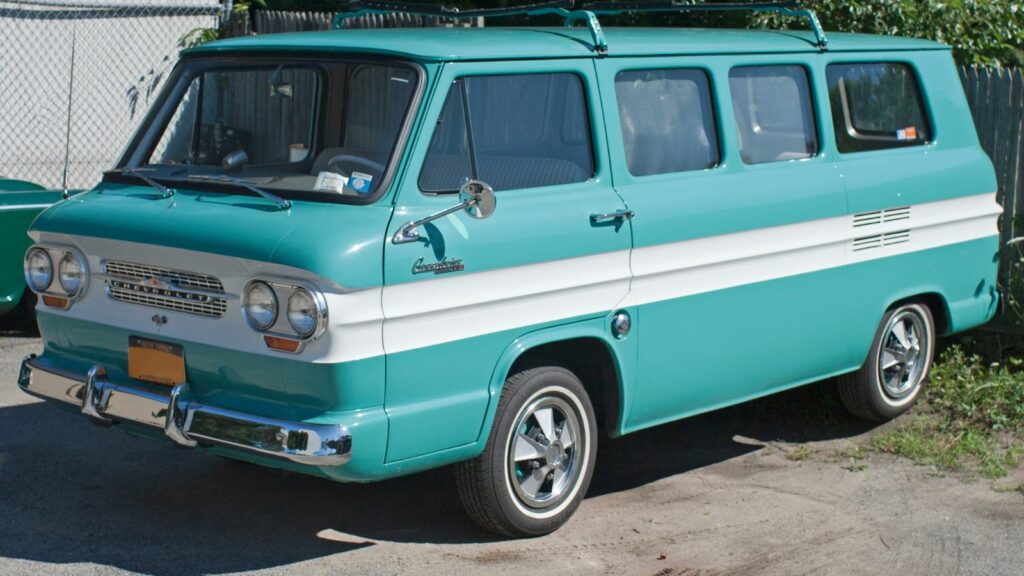Beauty might be in the eye of the beholder, but some cars make even the most forgiving eyes water. American manufacturers have turned out their fair share of design disasters, vehicles that looked like design committees ran out of paper and decided to freehand their way to production. And yet, these same eyesores are now cultural icons. From failures to cult favorites, here are 15 American cars that were so ugly, they managed to become unforgettable.
AMC Pacer (1975–1980)
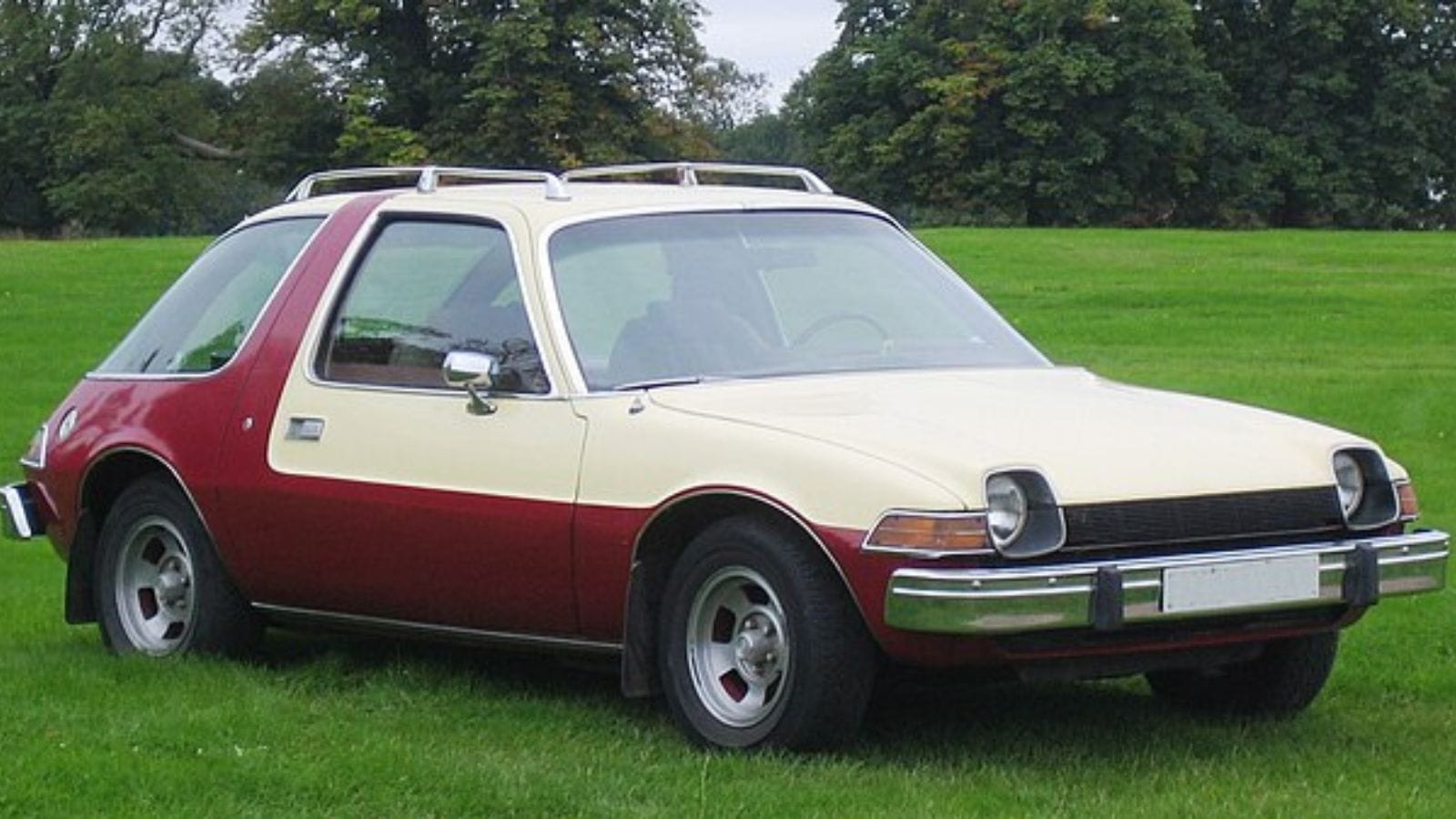
The AMC Pacer was instantly nicknamed the “flying fishbowl.” With its stubby nose, massive side windows, and proportions that made it look twice as wide as it was long, the car felt more cartoon than automobile. Buyers laughed at it, competitors mocked it, and it seemed destined to fade away. But pop culture stepped in — Wayne’s World featured a sky-blue Pacer with flames and a licorice dispenser, making it cool in the most ironic way. Now, collectors hunt them for their unique look that screamed the 1970s.
Pontiac Aztek (2001–2005)
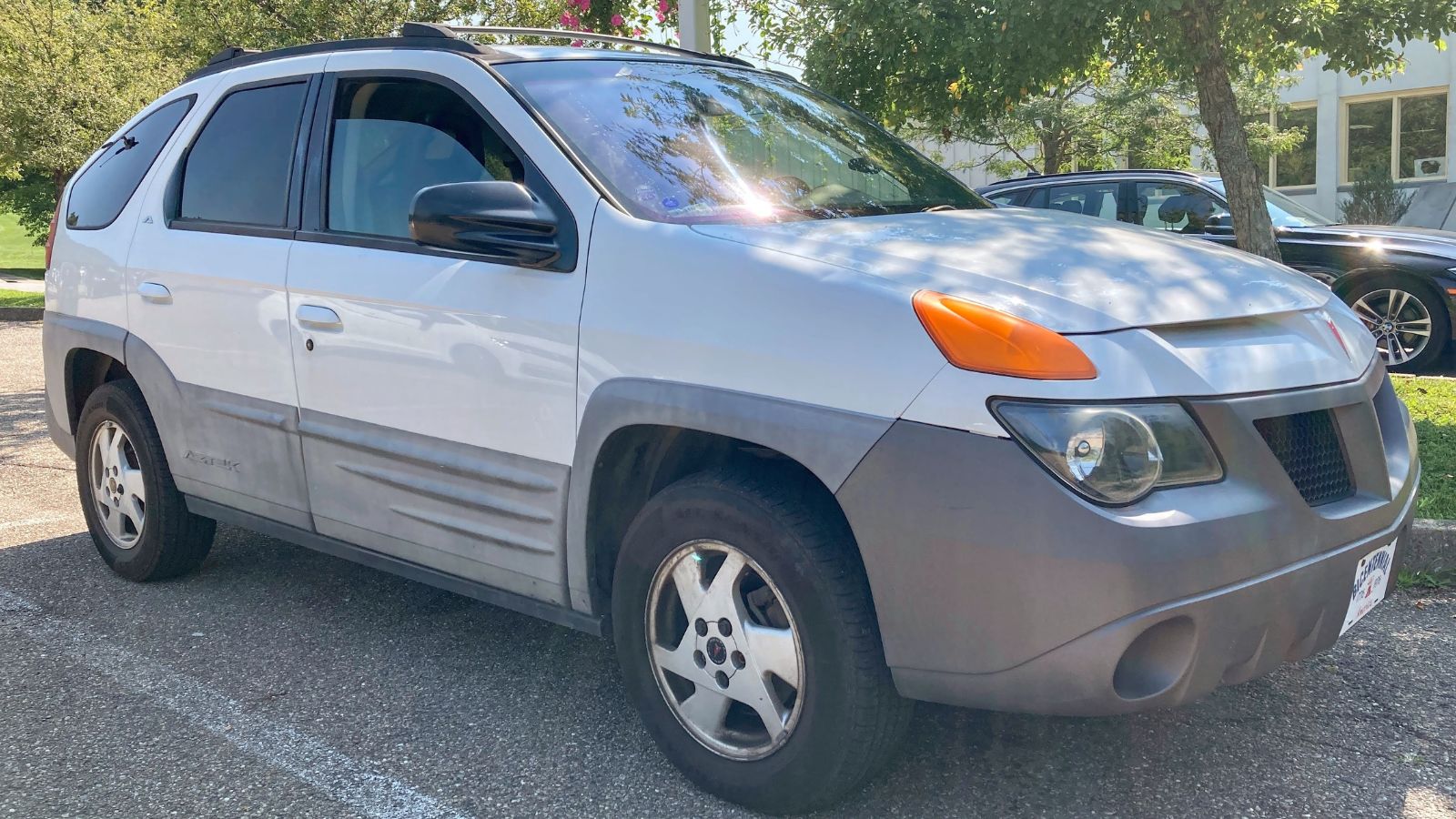
The Aztek has been described as the automotive version of Frankenstein’s monster. Its jagged angles, double headlights, and blocky rear looked like they came from three different cars. It was supposed to appeal to outdoorsy adventurers, but most people found it hideous. Still, the Aztek had clever features like a built-in cooler and a tent option, proving it wasn’t all bad. When Breaking Bad turned Walter White into a suburban antihero behind the wheel of an Aztek, its ugliness became legendary, and today it has a cult following.
Chevrolet Corvair Greenbrier Van (1961–1965)
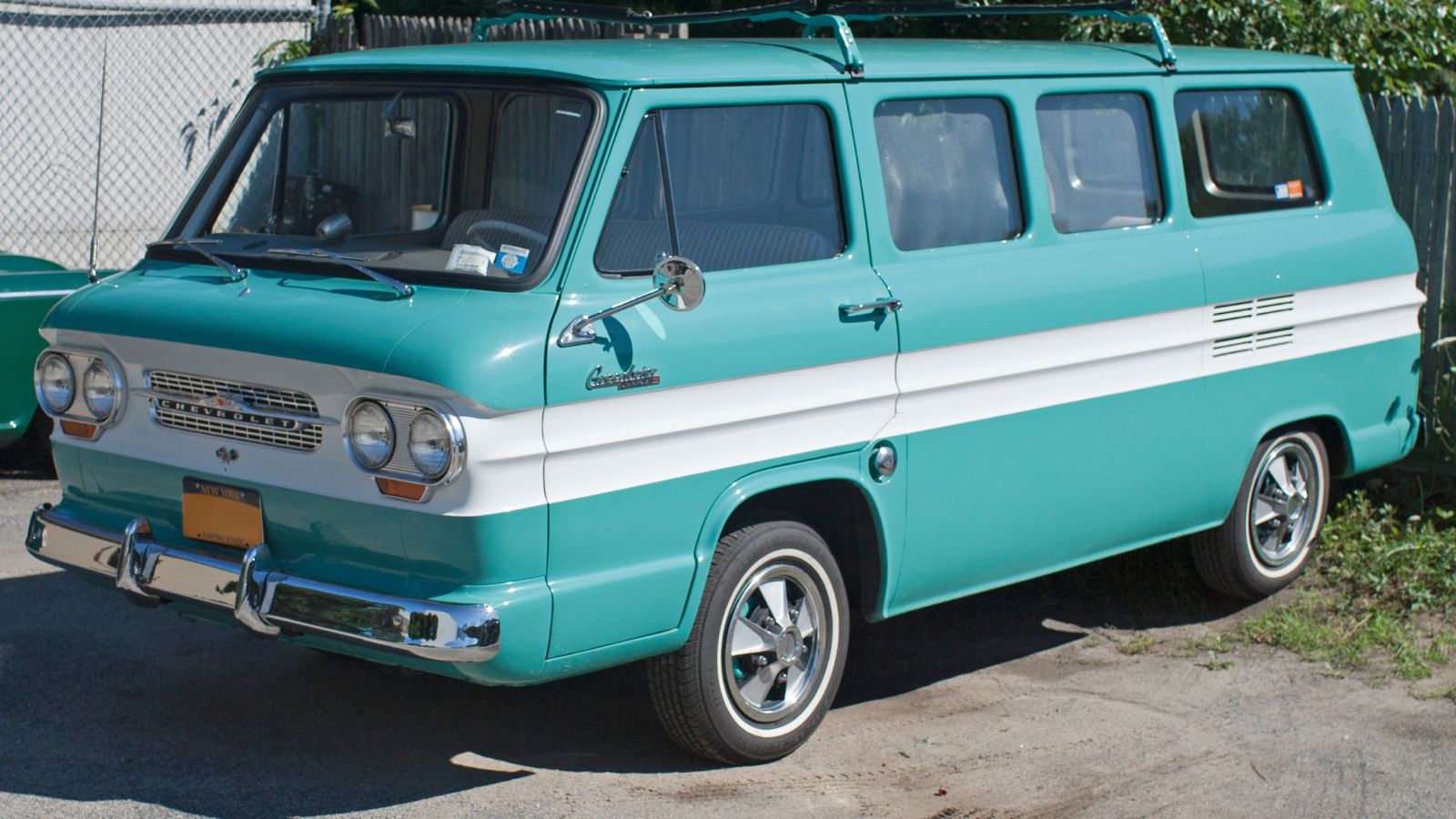
If the VW Microbus was a lovable puppy, the Greenbrier was its awkward cousin who never left the basement. With flat panels, no grace lines, and an odd rear-engine setup borrowed from the Corvair, it looked less like a family van and more like rolling appliance packaging. At the time, it seemed embarrassing compared to sleeker imports. Decades later, however, its quirkiness and rarity make it a charming oddity at classic car shows, a van so ugly it became a conversation piece.
Ford Edsel (1958–1960)

The Edsel’s legacy is defined by its nose — a vertical oval grille that critics said resembled a toilet seat. This alone was enough to send customers running, but the styling excess didn’t stop there: mismatched trim, bulbous proportions, and awkward taillights all piled on. The Edsel was a commercial disaster, but its distinctive ugliness made it unforgettable. Today, people no longer laugh at the Edsel in disgust; they laugh in admiration of just how spectacularly Ford missed the mark.
Plymouth Fury III Sedan (1969–1974)

While Fury coupes got all the attention in Hollywood thrillers like Christine, the four-door sedan was the opposite of cool. It was blocky, heavy, and shaped like a filing cabinet on wheels. It had the charisma of a taxi fleet car, but its sheer bulk gave it some unintentional street presence. Now, that same bland boxiness is its charm — it represents a time when automakers thought size was all that mattered, and design was an afterthought.
Chevrolet SSR (2003–2006)
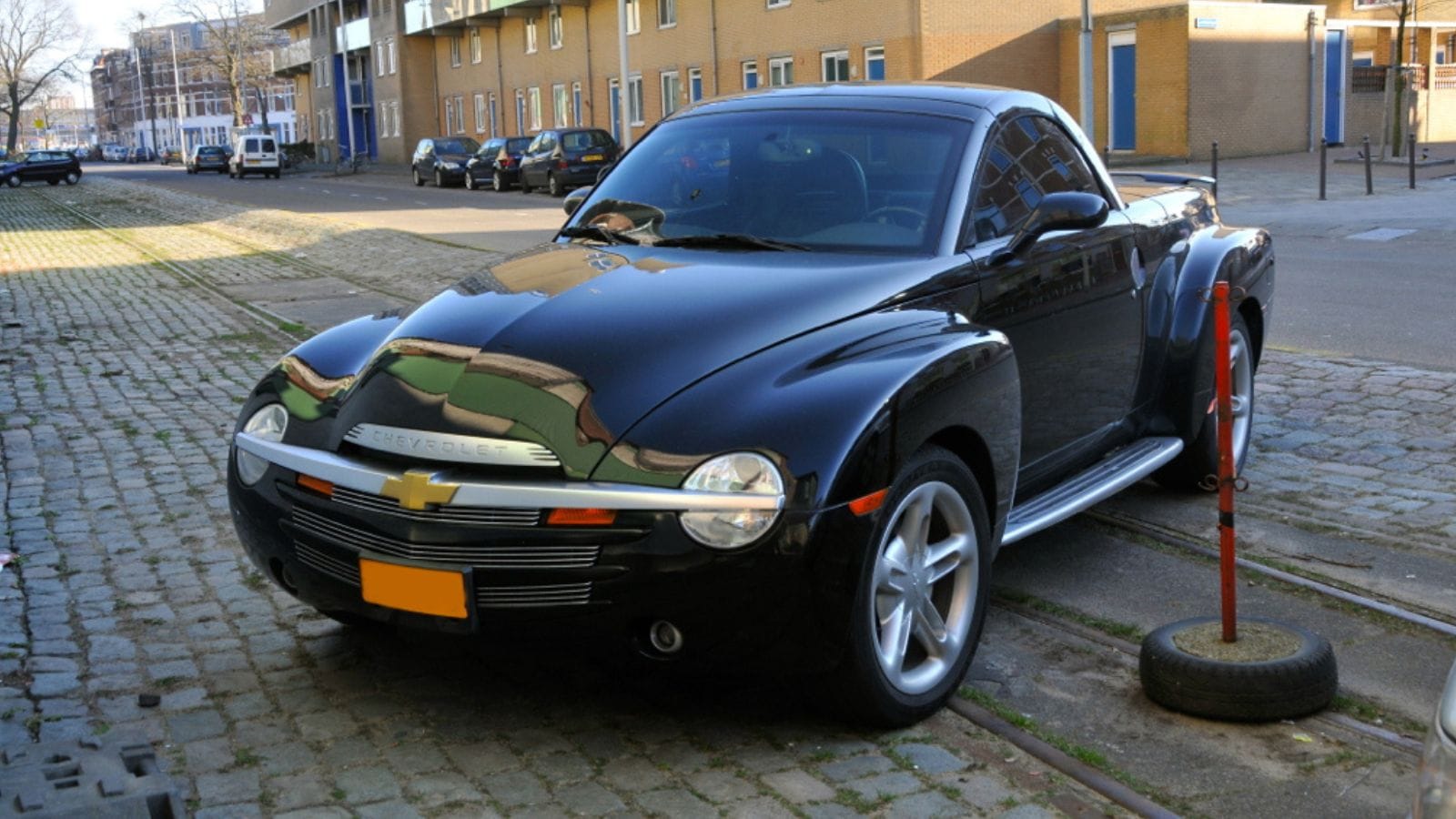
Part pickup, part convertible, part retro hot rod, the SSR looked like a toy that accidentally made it to full-size production. With cartoon-like curves and a folding hardtop, it left buyers scratching their heads. Who needed a convertible pickup? Hardly anyone, as it turned out. Sales were poor, but today collectors love its sheer weirdness. It is remembered less as a failure and more as a bold, goofy experiment that proved Chevrolet wasn’t afraid to look ridiculous.
Dodge Omni 024 (1979–1982)
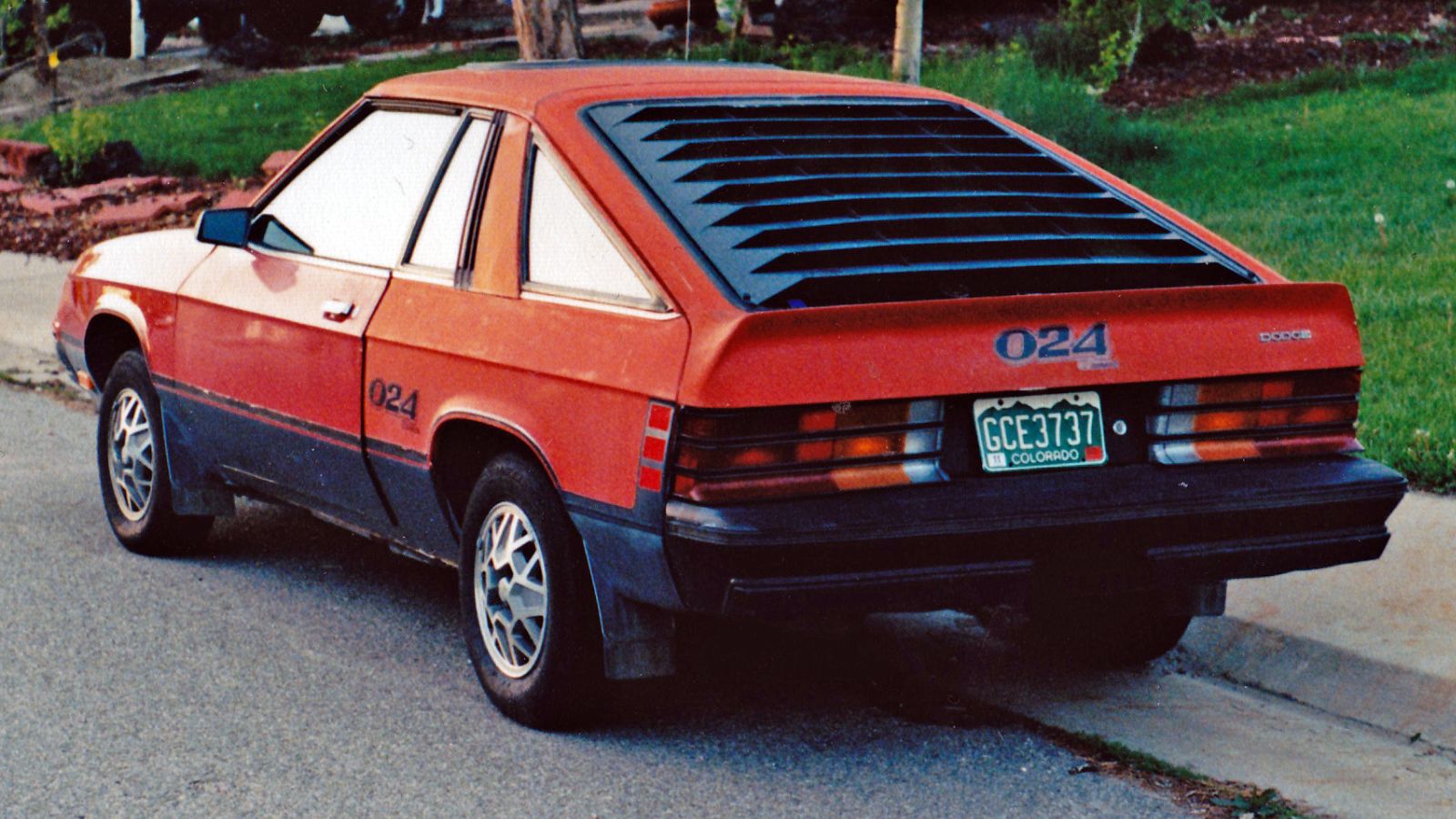
The Omni itself was a humble compact, but Chrysler decided it needed a sporty sibling. Enter the Omni 024, a coupe version that promised flair but delivered droopy lines and awkward styling that never looked right from any angle. It wasn’t fast and it wasn’t stylish, which is a dangerous combo. Still, its very mediocrity has given it new life as a curiosity in Dodge history — a car so out of place that enthusiasts now want to preserve it.
Buick Reatta (1988–1991)
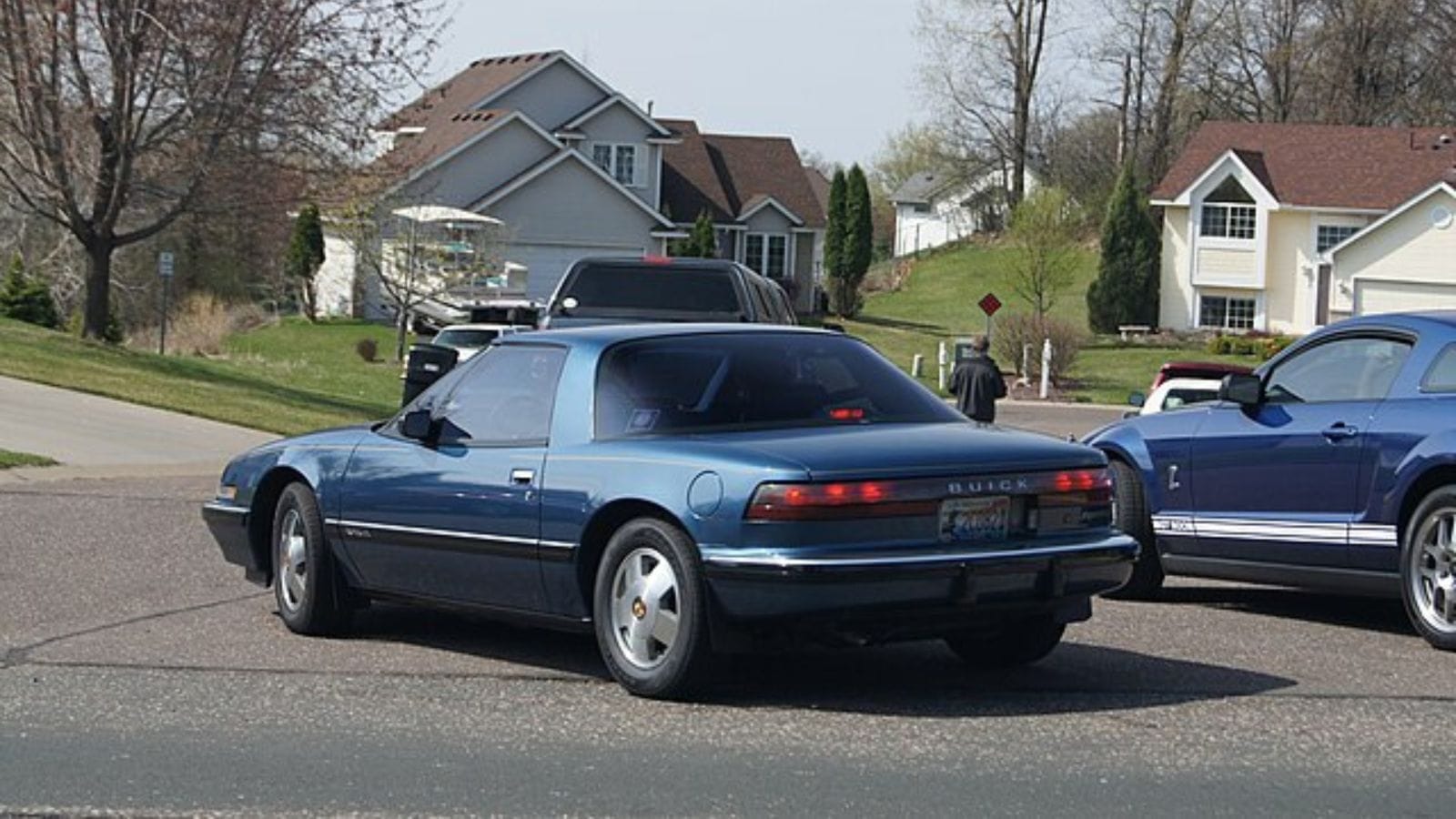
Buick wanted a futuristic halo car, so it built the Reatta, a hand-assembled coupe with high-tech gadgets like a touch-screen dash. Unfortunately, the styling looked like a melted bar of soap with wheels. The Reatta was too conservative to be futuristic and too weird to be taken seriously. Buyers ignored it, but collectors now love its rarity and unpolished charm. It is a reminder of when Buick tried to woo younger drivers and missed — but at least it tried.
AMC Gremlin (1970–1978)
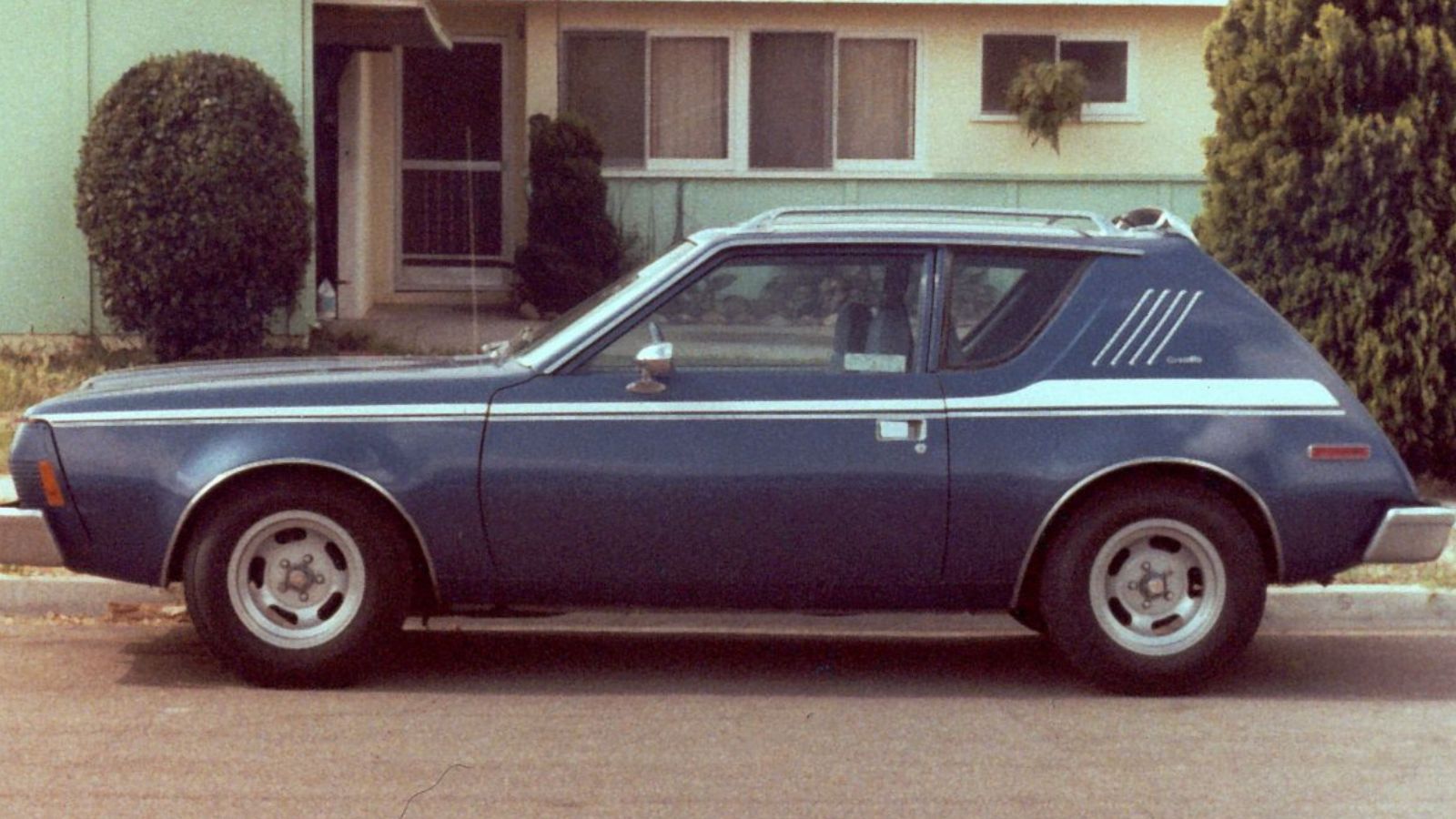
The Gremlin looked like AMC designed a normal car and then stopped halfway. Its truncated rear end and stubby body gave it the look of a prank car. Critics mocked it endlessly, but buyers snapped them up thanks to low prices and decent reliability. Now, the Gremlin’s weirdness is its legacy. Car shows feature them not as jokes but as proud icons of a brand that dared to look different. The Gremlin proves ugly can be lovable.
Chrysler PT Cruiser (2000–2010)
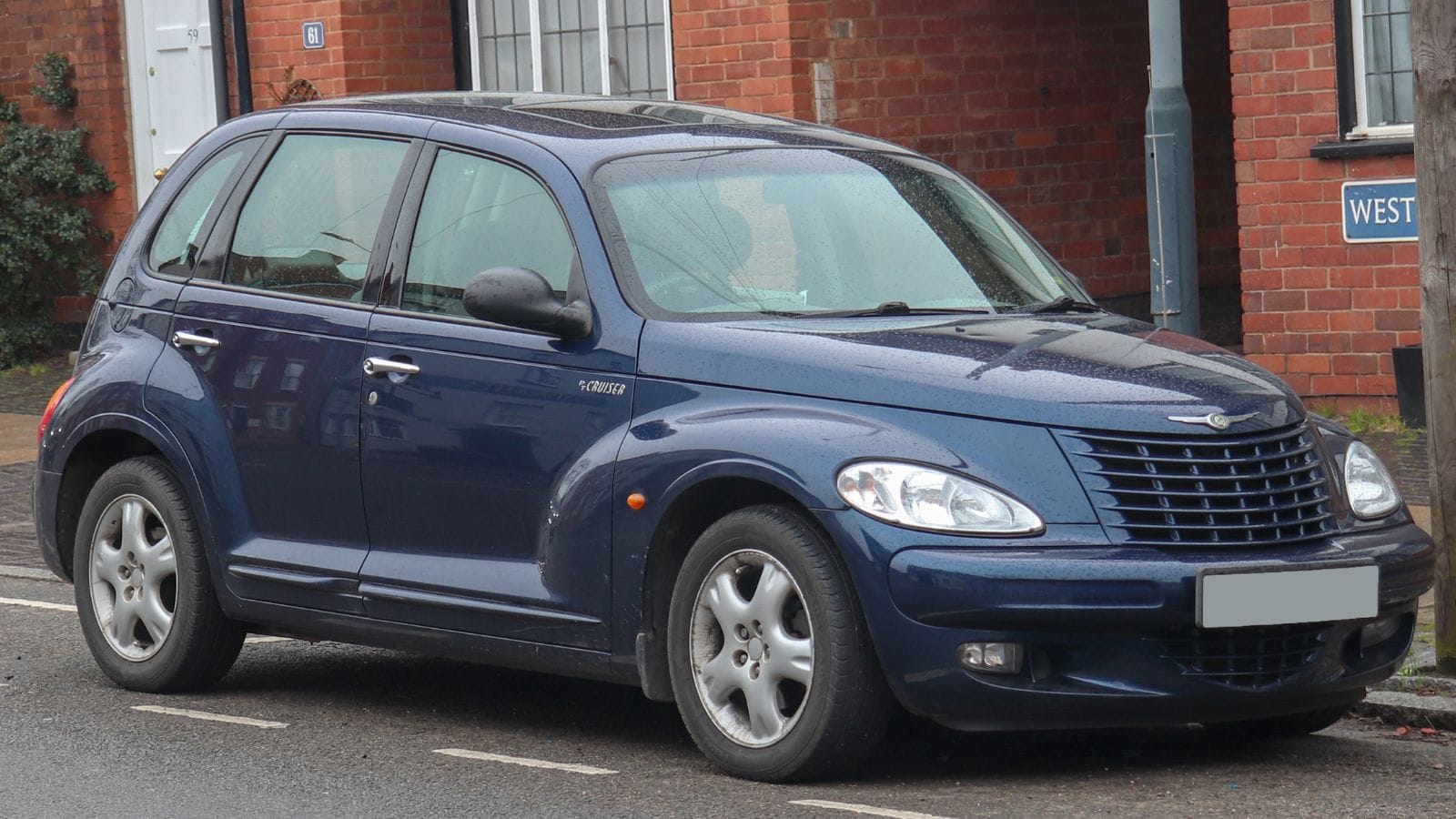
The PT Cruiser was a bold attempt at retro, channeling 1930s styling cues into a modern compact. Unfortunately, its chunky fenders, oversized lights, and toy-like stance divided opinion instantly. Despite the looks, it was a sales hit, and at one point waiting lists were long. Time has not been kind to its design, but the PT Cruiser has cemented itself as one of the most memorable ugly cars of the 2000s, a perfect case study in polarizing design.
Chevrolet Vega (1971–1977)
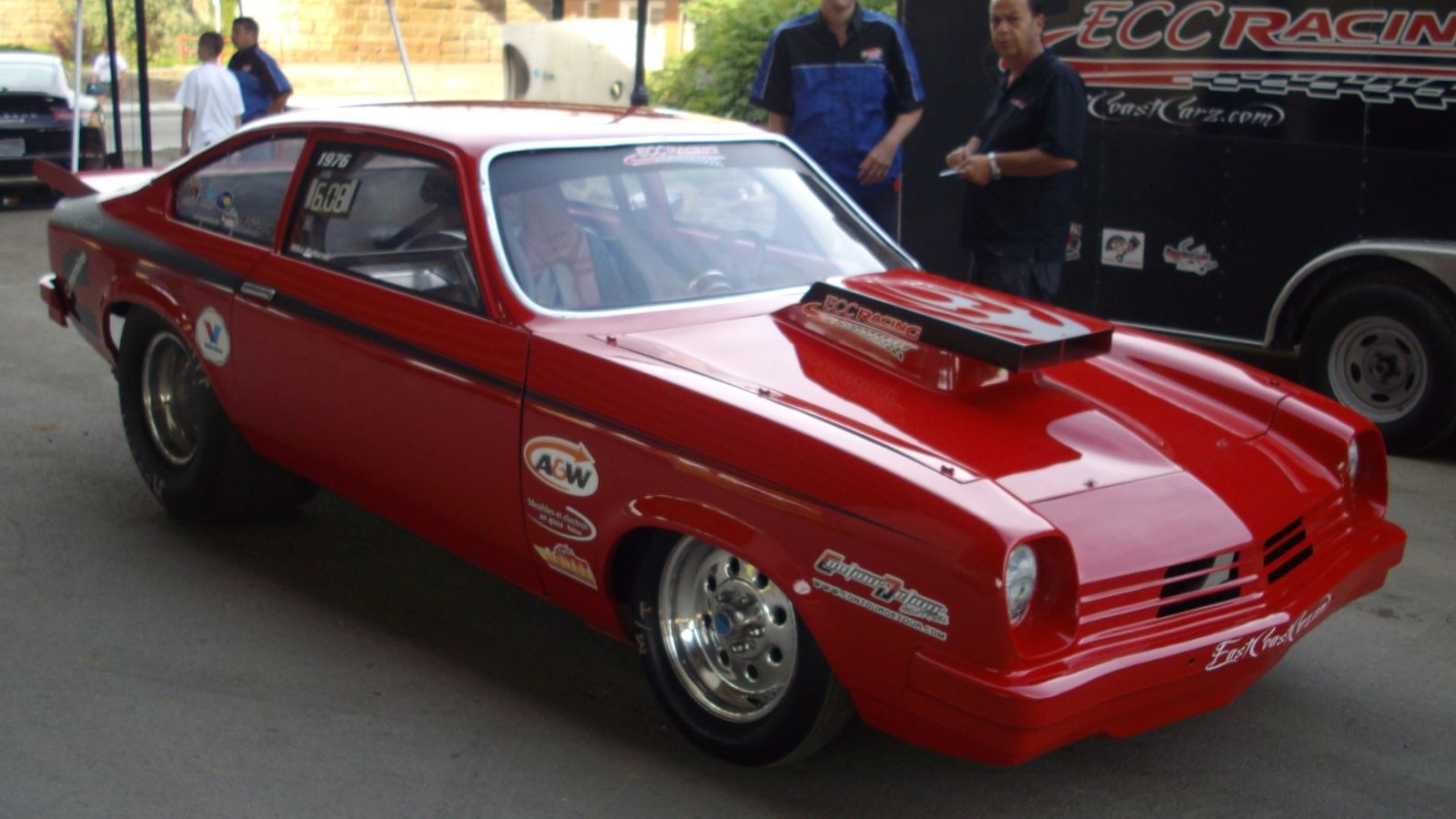
The Vega was meant to be GM’s small car savior, but between its rust-prone body and terrible engines, it gained infamy. The design didn’t help: proportions looked off, with a droopy stance that never looked sporty despite GM’s intentions. Critics destroyed it, yet today, the Vega’s awkwardness makes it stand out as a symbol of 70s American malaise. Restored Vegas now draw attention, not because they’re beautiful, but because they’re so bad they’re iconic.
Ford Ranchero (1957–1979, various generations)
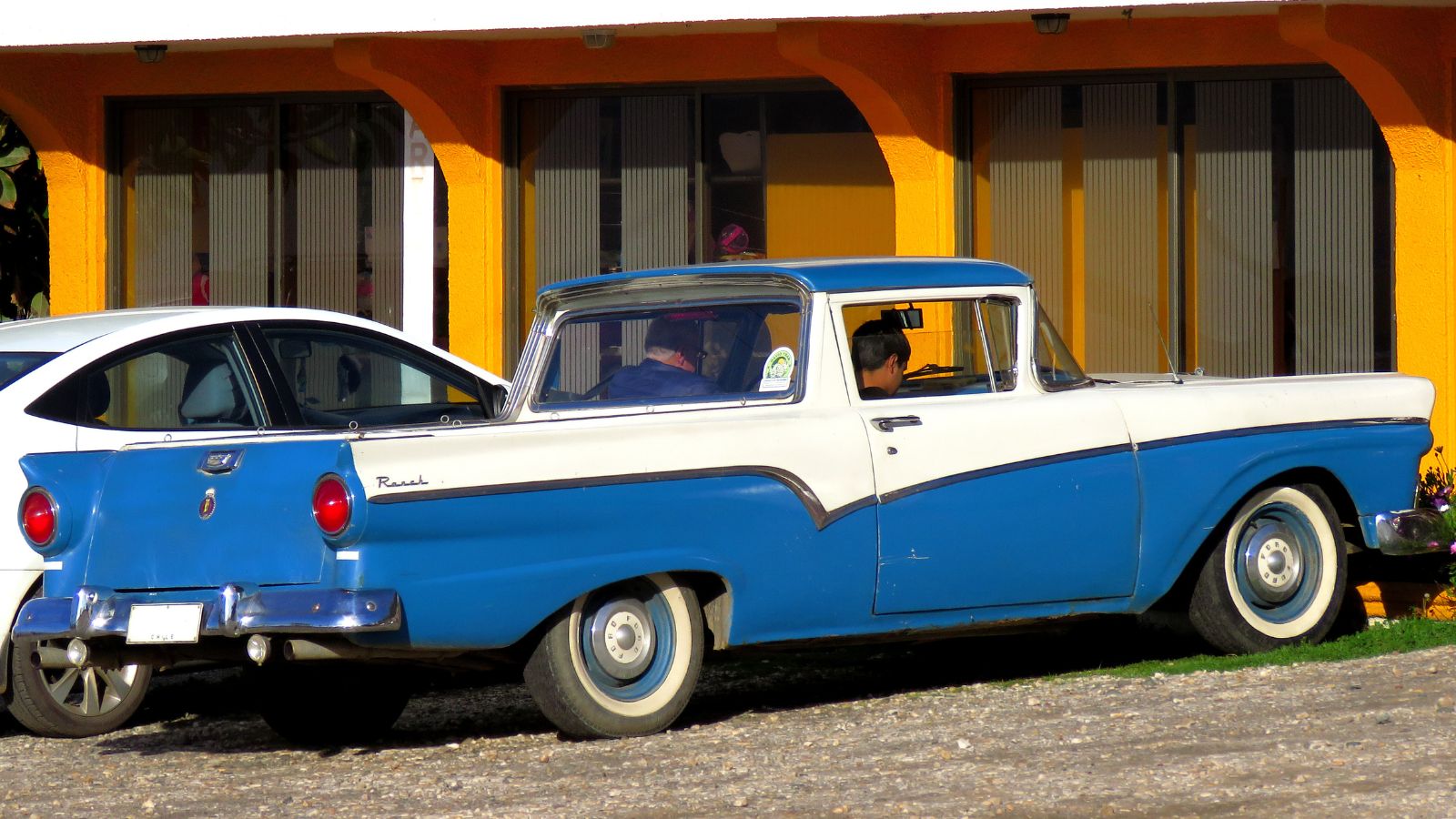
The Ranchero combined a coupe with a pickup, but some generations looked like a botched science experiment. Early ones were sharp, but later versions resembled sedans with the trunk sawed off. Australians perfected the concept with the ute, but in America, it never caught on the same way. Still, the Ranchero lives on as an oddball classic — its ungainly proportions are precisely what make it memorable today.
Dodge Aspen (1976–1980)

The Aspen was supposed to replace the Dart and Valiant, but it quickly became infamous for rust, recalls, and uninspired looks. With its slab sides and forgettable details, it was the definition of bland. Critics hammered Chrysler for its corner-cutting, and the Aspen became one of the poster children of 1970s quality decline. Decades later, that same dullness has become its charm: it is so aggressively average that it has earned a cult following.
Oldsmobile Toronado (1966–1992, later years especially)
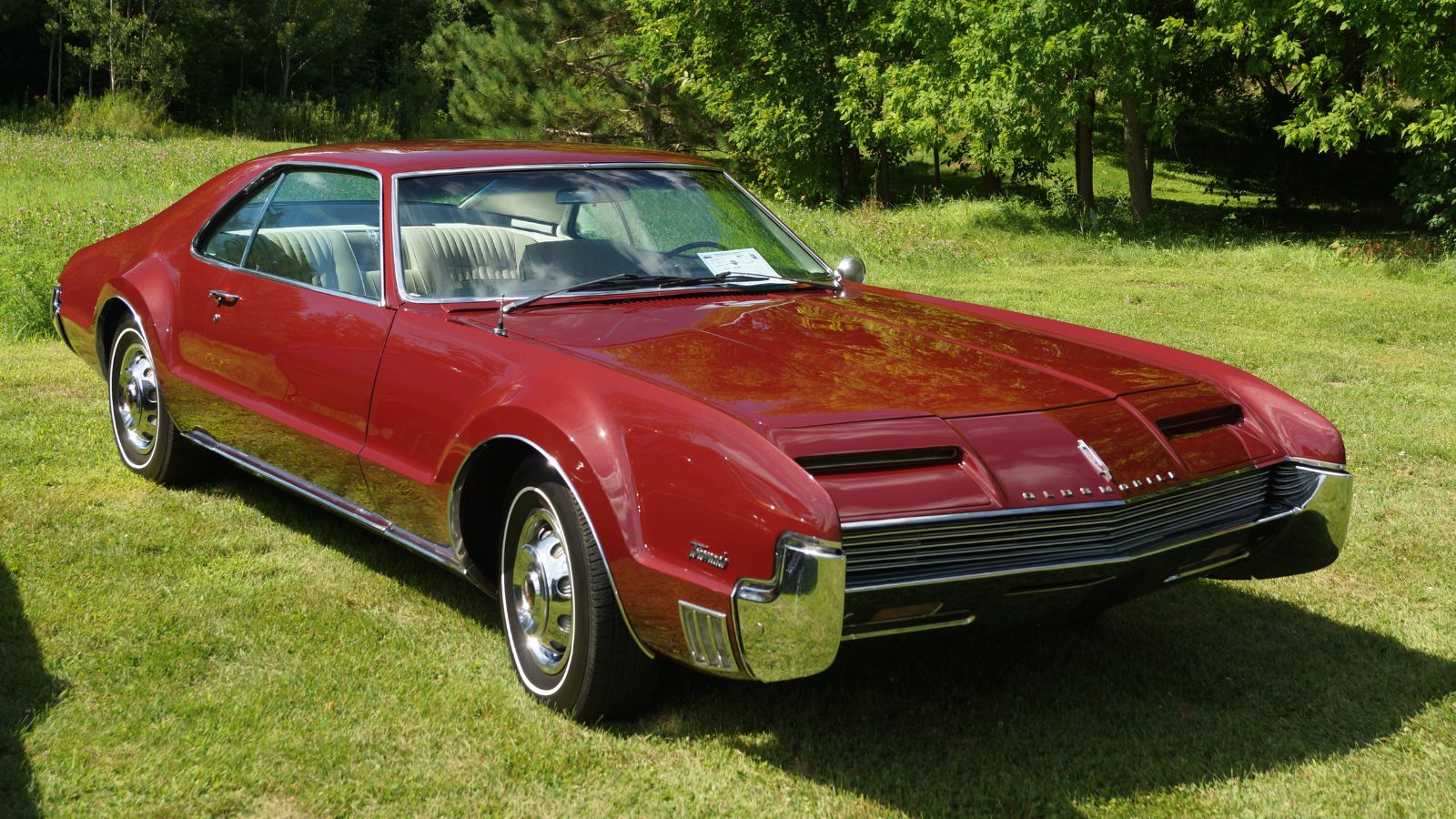
The early Toronado was bold, but by the 1980s it had morphed into a bloated, slab-sided cruiser. Its once-revolutionary styling gave way to awkward angles and proportions that made it look like a car designed entirely with rulers. Buyers weren’t impressed, but today its distinctiveness gives it ironic appeal. The later Toronado may not be pretty, but it is instantly recognizable, which counts for something.
Plymouth Volaré (1976–1980)
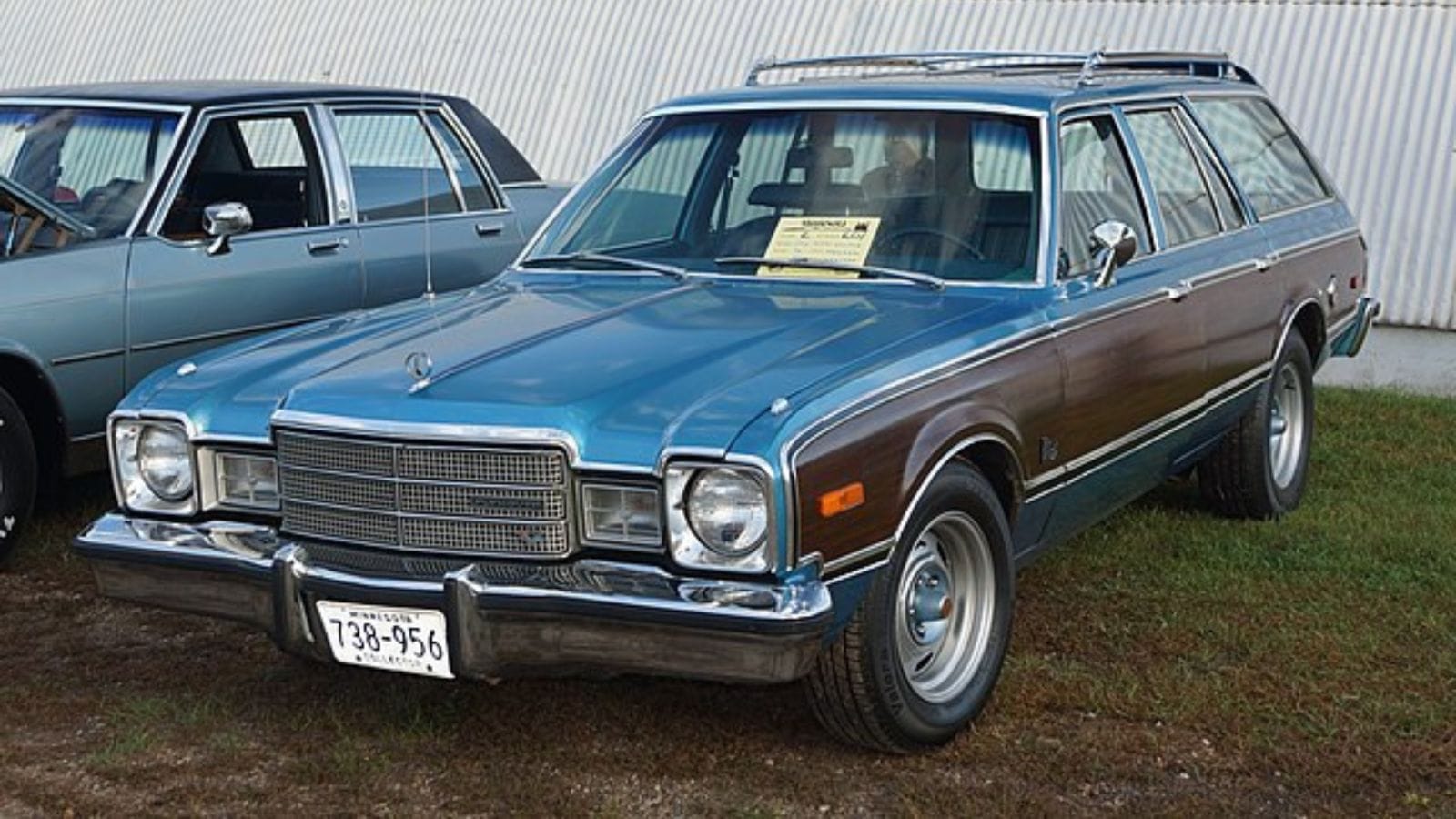
The Volaré was supposed to be a fresh compact offering, but its ungainly looks and cheap design doomed it from the start. Boxy and uninspired, it lacked any personality, which made its widespread recalls even worse. Yet, as with so many ugly cars, time has softened opinions. Now, its very dullness makes it a fascinating piece of history — the face of a struggling Chrysler trying to keep the lights on.
25 Facts About Car Loans That Most Drivers Don’t Realize

Car loans are one of the most common ways people fund car purchases. Like any other kind of loan, car loans can have certain features that can be regarded as an advantage or a disadvantage to the borrower. Understanding all essential facts about car loans and how they work to ensure that you get the best deal for your financial situation is essential. Here are 25 shocking facts about car loans that most drivers don’t realize:
25 Facts About Car Loans That Most Drivers Don’t Realize
